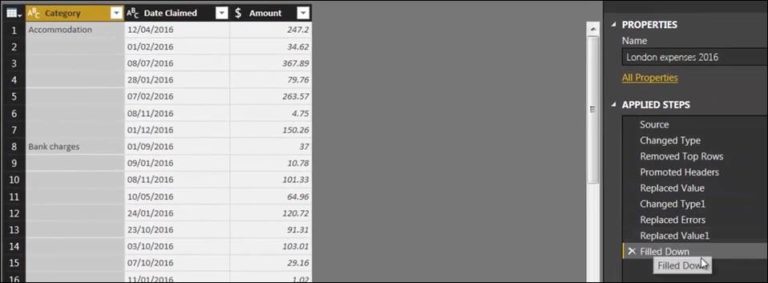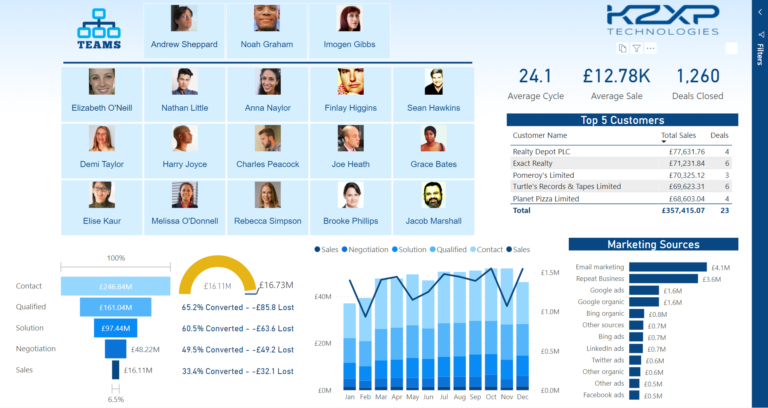Azure HDInsight Spark
In today’s data-driven world, connecting to various data sources has become a crucial task in business intelligence and analytics. Power Query, an ETL tool in Microsoft Power BI, allows us to connect to various data sources and transform the data in a way that suits our analysis.
One of the most popular data sources is the Azure HDInsight Spark data source, which is a fully-managed cloud service that allows us to process big data using Apache Spark. In this article, we will explore the Power Query M language code for connecting to the Azure HDInsight Spark data source from inside Power BI.
Prerequisites
Before we begin, here are a few prerequisites that you need to fulfill in order to connect to the Azure HDInsight Spark data source from Power BI:
– You need to have an Azure account with access to the HDInsight Spark service.
– You need to know the URL for the HDInsight Spark cluster.
– You need to have the username and password to access the cluster.
– You need to have Power BI Desktop installed on your machine.
Steps to Connect to the Azure HDInsight Spark Data Source
Now that we have fulfilled the prerequisites, let’s start with the steps to connect to the Azure HDInsight Spark data source from inside Power BI:
Step 1: Open Power BI Desktop
The first step is to open Power BI Desktop on your machine.
Step 2: Click on “Get Data”
Once you have opened Power BI Desktop, click on “Get Data” from the Home tab in the ribbon.
Step 3: Select “HDInsight Spark”
From the list of available data sources, select “HDInsight Spark” and click on “Connect.”
Step 4: Enter the Cluster URL and Credentials
In the “HDInsight Spark” dialog box, enter the following details:
– Cluster URL: Enter the URL for the HDInsight Spark cluster.
– Username: Enter the username to access the cluster.
– Password: Enter the password to access the cluster.
Click on “OK” once you have entered the details.
Step 5: Select the Data
Once you have connected to the Azure HDInsight Spark data source, you will see a list of available tables. Select the table(s) that you want to import into Power BI and click on “Load.”
Step 6: Transform the Data
After you have loaded the data into Power BI, you can transform the data in a way that suits your analysis. You can use various transformation options available in Power Query to transform the data.
Step 7: Visualize the Data
Once you have transformed the data, you can create various visualizations to analyze the data. Power BI provides various visualization options that can help you create meaningful visualizations.
Conclusion
In this article, we explored the Power Query M language code for connecting to the Azure HDInsight Spark data source from inside Power BI. We also saw the steps involved in connecting to the data source and transforming the data. With Power BI, you can easily connect to various data sources and transform the data in a way that suits your analysis.











